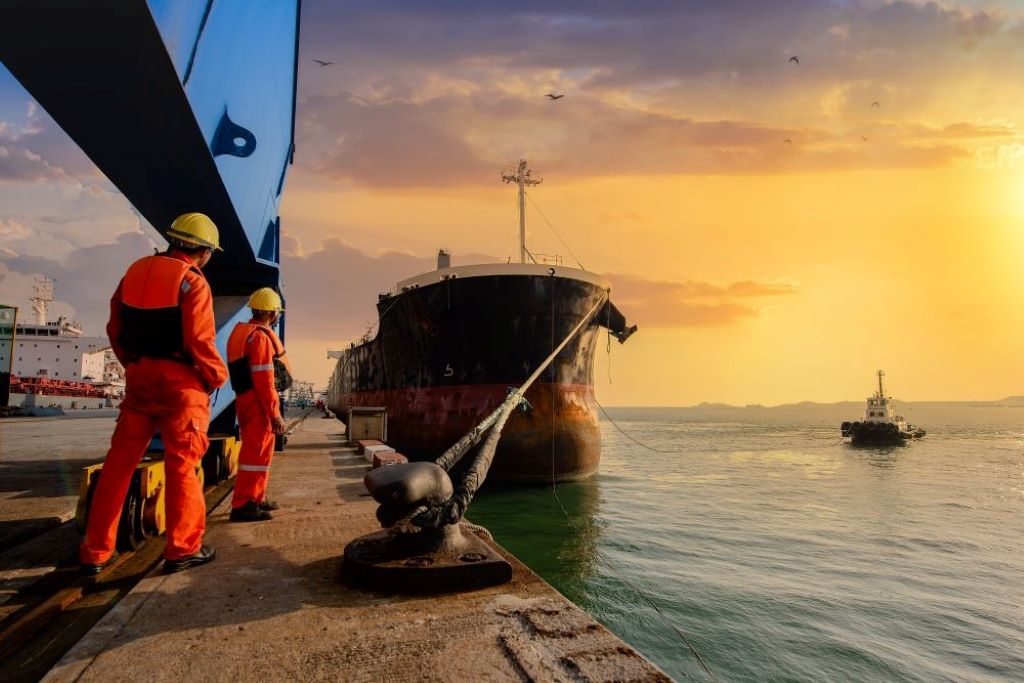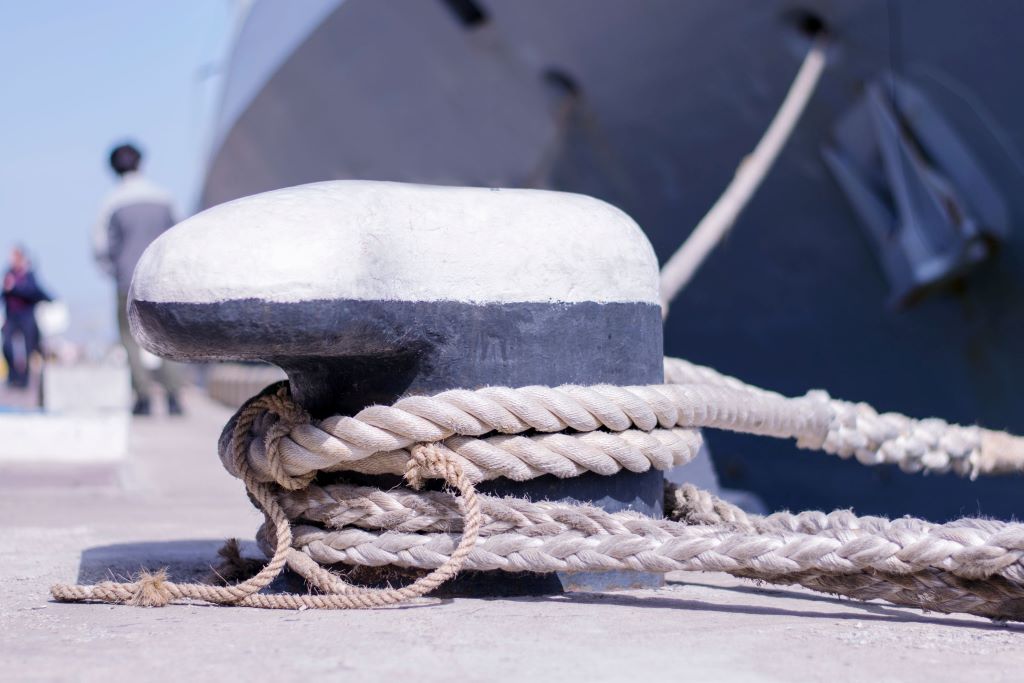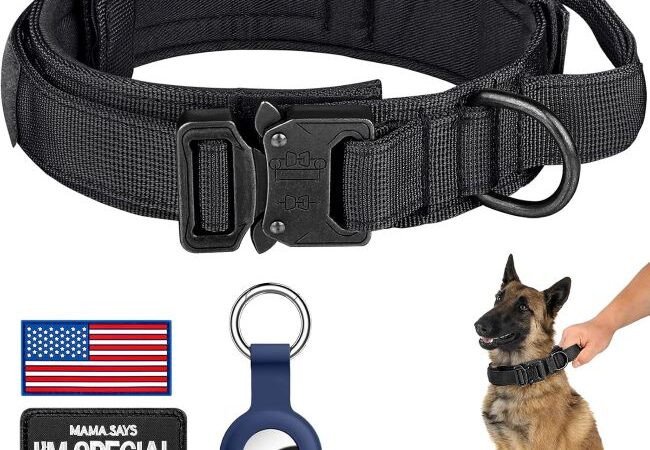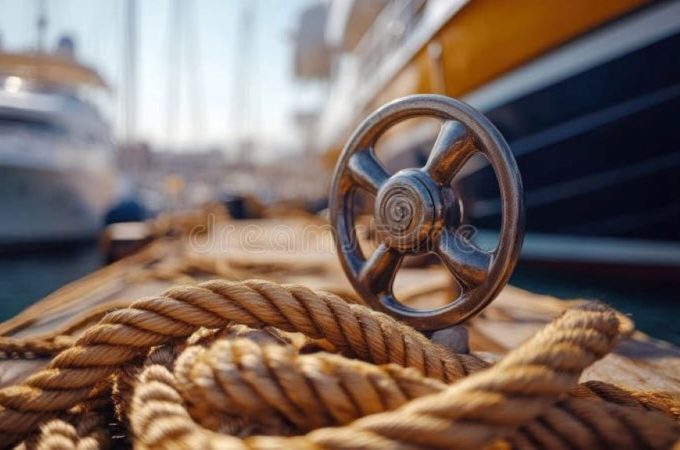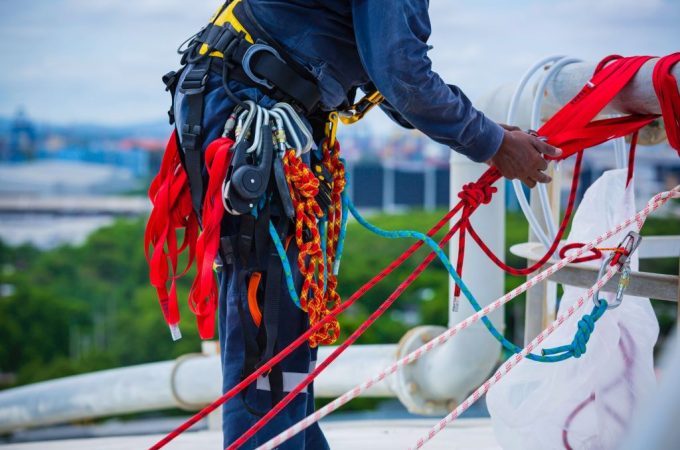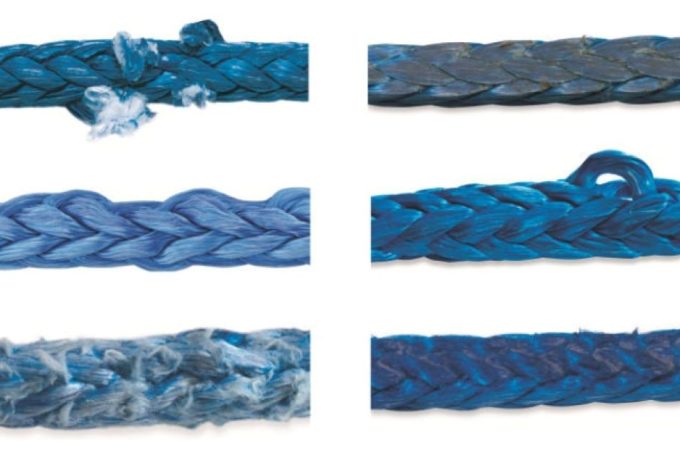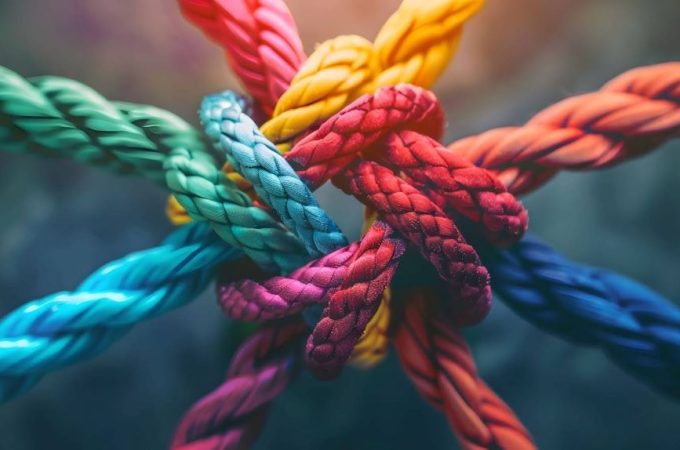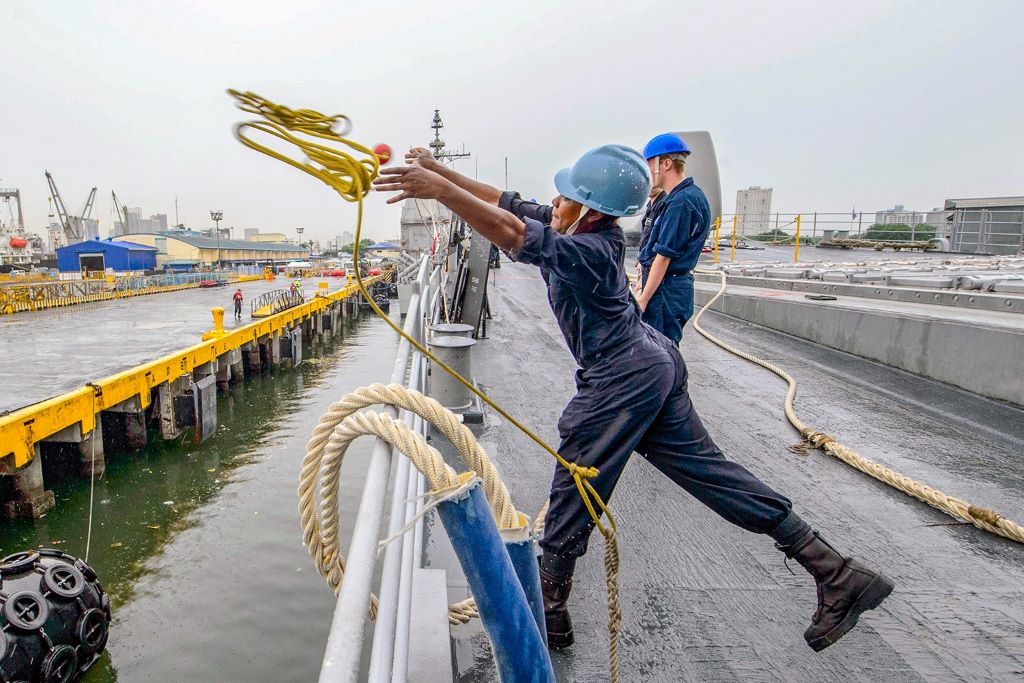
The Hidden Enemies of Mooring Ropes: UV, Salt, and Overload
Every year, marinas worldwide witness devastating scenes of vessels breaking free from their moorings. These disasters often trace back to rope failure, costing boat owners thousands in damages. However, most sailors remain unaware of the silent killers slowly weakening their lifelines.
Contents at a Glance
ToggleThe marine environment poses extraordinary challenges to mooring systems. While many boat owners focus on visible wear patterns, the real danger lurks in invisible degradation processes. Understanding these hidden enemies can save vessels, prevent costly accidents, and protect human lives.
The Ultraviolet Menace: When Sunlight Becomes Destructive
Ultraviolet radiation represents the most underestimated threat to mooring rope integrity. Ultraviolet rays can destroy the chemical bonds in the rope material, causing the color to fade or even fade completely. This molecular breakdown occurs continuously, weakening fibers from the inside out.
Research reveals alarming statistics about UV damage progression. Polyester rope retains high strength after prolonged UV exposure, with strength retention above 80% after 1200 hours in intense sunlight. While polyester performs better than alternatives, this still represents a 20% strength loss under optimal conditions.
The degradation process accelerates in tropical climates where UV intensity peaks. Additionally, reflected sunlight from water surfaces creates double exposure, intensifying damage rates. Therefore, understanding UV effects becomes crucial for marine safety planning.
Salt: The Corrosive Constant
Saltwater environments create relentless corrosion challenges for synthetic materials. UV rays, saltwater, and abrasion can weaken these ropes over time, reducing their tensile strength and causing them to fray or break. Salt crystals penetrate rope fibers, creating microscopic cutting edges that slice through strands during movement.
However, salt damage extends beyond simple mechanical cutting. Chemical reactions between salt and polymer chains accelerate material breakdown. Consequently, ropes exposed to regular saltwater contact experience rapid deterioration compared to freshwater applications.
Moreover, salt accumulation creates stress concentration points where failures typically initiate. These crystalline deposits act as tiny wedges, forcing fibers apart during load cycles. Furthermore, salt attracts moisture, maintaining constant corrosive conditions even during dry periods.
Overload: The Breaking Point
Load management represents perhaps the most critical factor in rope longevity. Always check the manufacturer’s recommendations for safe working loads and never overload the ropes. Exceeding these limits creates permanent damage, even when ropes don’t immediately fail.
Overloading affects rope structure in multiple ways. Initially, excessive forces stretch fibers beyond their elastic limits, creating permanent deformation. Additionally, high loads generate internal friction between fibers, producing heat that degrades synthetic materials.
Dynamic loading presents even greater dangers than static overloads. Shock loads from wave action or wind gusts can exceed static working loads by 300-400%. Therefore, proper load calculation must account for these dynamic amplification factors.
The Compound Effect: When Enemies Combine
Individual degradation factors rarely work in isolation. Instead, they create synergistic effects that accelerate failure rates exponentially. UV damage weakens fiber surfaces, making them more susceptible to salt penetration. Subsequently, salt-weakened fibers cannot handle normal working loads, leading to premature failure.
Temperature fluctuations compound these problems further. Thermal cycling causes expansion and contraction, opening pathways for salt and UV penetration. Additionally, heat accelerates chemical reactions, speeding up all degradation processes.
Understanding these interactions helps explain why rope replacement schedules often prove inadequate. Standard maintenance intervals assume single-factor degradation, ignoring accelerated failure modes from combined effects.
Industry Statistics: The Cost of Ignorance
Marine insurance data reveals sobering failure statistics. In the practice of a large shipping company, the average service life of ropes was extended by 30% after the use of anti-fading ropes, and the accident rate caused by rope aging was reduced by 50%. These numbers demonstrate the significant impact of proper rope selection and maintenance.
Commercial vessels report that inadequate mooring systems cause approximately 15% of harbor incidents annually. Additionally, emergency responses to broken moorings cost the industry millions in resources and environmental cleanup.
However, proper understanding and mitigation strategies dramatically improve outcomes. Vessels implementing comprehensive rope management programs show 60% fewer mooring-related incidents compared to those following basic maintenance schedules.
Material Science Solutions
Modern rope technologies offer enhanced resistance to environmental degradation. Polyester ropes outperform nylon in UV resistance, ensuring your mooring lines last longer. However, material selection requires balancing multiple performance characteristics.
High-modulus polyethylene (HMPE) fibers provide exceptional strength-to-weight ratios while maintaining good UV resistance. Nevertheless, these materials require specialized handling techniques and prove more expensive than traditional options.
Hybrid constructions combine multiple fiber types, optimizing performance for specific applications. For instance, polyester cores provide UV resistance while nylon exteriors offer abrasion protection. Consequently, these engineered solutions address multiple degradation mechanisms simultaneously.
Inspection and Detection Strategies
Early detection of rope degradation prevents catastrophic failures. Visual inspection remains the primary monitoring method, focusing on color changes, surface fuzzing, and dimensional variations. Polyester ropes can actually get fatter as they grow fuzzy, and high modulus ropes can lose strength three times faster than the loss in area suggests.
Therefore, appearance changes often indicate advanced degradation states. Additionally, regular strength testing provides quantitative assessment of remaining capacity. Simple load tests using calibrated equipment can reveal hidden weakness before critical situations arise.
Furthermore, documentation of inspection results enables trend analysis and predictive maintenance scheduling. This proactive approach prevents unexpected failures while optimizing replacement timing.
Mitigation Strategies That Work
Effective protection requires addressing all three primary degradation mechanisms. UV protection starts with proper storage, keeping ropes in dark, ventilated spaces when not in use. Store ropes in a cool, dark place when not in use or use UV-resistant ropes for prolonged exposure to the sun.
Salt damage mitigation involves regular freshwater rinsing to remove accumulated crystals. Additionally, proper drying prevents prolonged moisture exposure that accelerates corrosion processes. However, complete elimination of salt exposure remains impossible in marine environments.
Load management requires understanding dynamic forces and sizing systems appropriately. Safety factors of 5:1 or higher provide adequate margins for normal conditions. Additionally, shock-absorbing devices can reduce peak loads during severe weather events.
Featured Snippet: Quick Facts About Mooring Rope Degradation
What are the main enemies of mooring ropes?
The three primary enemies of mooring ropes are UV radiation, salt corrosion, and overload conditions. UV rays break down polymer chains at the molecular level, causing up to 20% strength loss after 1200 hours of intense sunlight exposure. Salt creates microscopic cutting edges that slice through fibers while accelerating chemical degradation. Overload conditions exceed safe working limits, creating permanent fiber damage even when immediate failure doesn’t occur. These factors often work together, creating compound effects that can reduce rope lifespan by 70% compared to ideal conditions. Regular inspection, proper storage, and appropriate load management are essential for maximizing rope service life and preventing catastrophic failures.
Frequently Asked Questions
Q: How often should I replace my mooring ropes?
A: Replacement schedules depend on usage conditions, but typically range from 2-5 years for recreational vessels. Professional inspection every 6 months helps determine actual condition regardless of age.
Q: Can I repair UV-damaged mooring ropes?
A: UV damage affects the entire rope structure, making effective repairs impossible. Replacement remains the only safe option once significant UV degradation occurs.
Q: Which rope material offers the best overall performance?
A: Polyester provides excellent balance of UV resistance, strength, and cost-effectiveness for most mooring applications. Specialized materials may offer advantages for specific conditions.
Q: How can I tell if my rope is overloaded?
A: Signs include permanent elongation, flattened cross-sections, and heat damage from internal friction. Professional load testing provides definitive assessment.
Q: Does rope color affect UV resistance?
A: Yes, darker colors generally absorb more UV energy, potentially accelerating degradation. However, UV stabilizers in the polymer provide more protection than color selection.
Q: Can saltwater damage be reversed?
A: Salt damage creates permanent structural changes that cannot be reversed. Regular freshwater rinsing prevents accumulation but doesn’t repair existing damage.
Q: What safety factor should I use for mooring applications?
A: Minimum 5:1 safety factors are recommended for static loads, with higher ratios needed for dynamic conditions. Consult manufacturer specifications for specific applications.
Final Thought
The hidden enemies of mooring ropes work silently but relentlessly, weakening these critical safety components without obvious warning signs. Understanding UV degradation, salt corrosion, and overload effects empowers boat owners to make informed decisions about rope selection, maintenance, and replacement.
Success requires proactive management rather than reactive responses to failures. Regular inspection, proper storage, and appropriate load management create the foundation for reliable mooring systems. Additionally, investing in quality materials and professional guidance pays dividends in safety and long-term costs. Related Topics: The Unseen Lifeline: What is the Best Rope for Mooring Ships?
Remember that rope failure can have catastrophic consequences extending far beyond property damage. Environmental impacts, personal injury, and legal liability all stem from inadequate mooring systems. Therefore, treating rope maintenance as a critical safety issue rather than routine maintenance ensures both vessel security and peace of mind.
Ready to protect your vessel from mooring rope failure? Start with a comprehensive inspection of your current systems and consult marine professionals about upgrading to UV-resistant, high-performance materials designed for your specific operating conditions.

